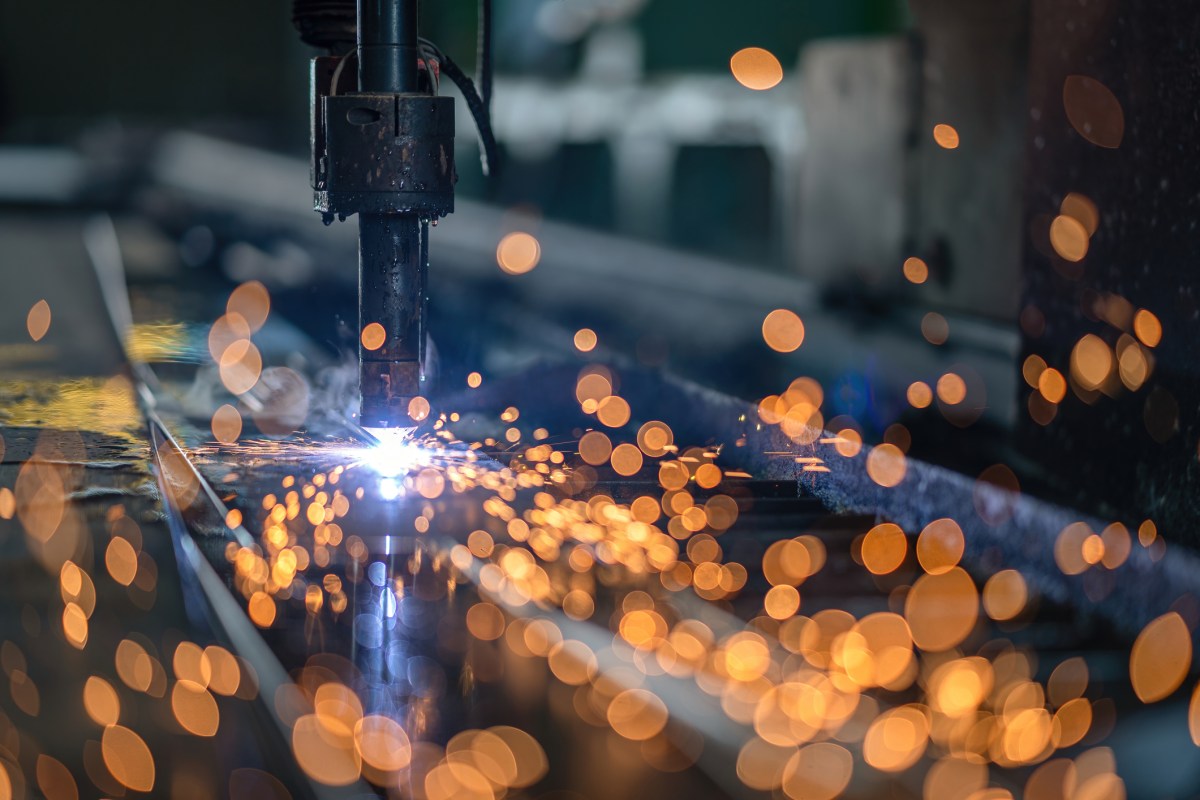It may seem like SaaS is everywhere, but there’s one sector that’s been slow to adopt it — manufacturing.
By itself, manufacturing drives almost 11% of the U.S. economy, contributing $2.77 trillion to GDP as of Q2 2022. All that activity also uses a lot of energy and produces a lot of greenhouse gasses. But if manufacturers could wring out extra production from their existing factories, they could go a long way to trimming the sector’s carbon footprint.
SaaS startup Guidewheel’s co-founder and CEO Laura Dunford had previously worked in manufacturing, and she knew just how inefficient plant operations could be. When equipment broke, it was often logged on paper or in spreadsheets, and much of the collation and analysis was done manually. Not only did these tasks take up the plant manager and maintenance staff’s valuable time, they also slowed production because machines were down longer than they needed to be.
Existing systems were “heavyweight and not a perfect fit for our size of operation,” Dunford told TechCrunch. That, along with the potential for energy and carbon savings, was what drove her and her co-founder Weston McBride to start Guidewheel, which allows factories to connect and monitor any piece of equipment from the cloud. TechCrunch has exclusively learned that the company has closed a $9 million Series A-1 led by Breakthrough Energy Ventures.
“Manufacturers care about whether their equipment is running as it should, because they only make money when their equipment is running and producing,” Dunford said.
“Of course, we’ve seen more and more customers who really care about the energy side. Two reasons there: One is the pressure from investors or customers, or the ability to open up new channels. There’s a lot of excitement. The second is that increasing cost pressure — energy is a big cost for a lot of the manufacturers we work with — has created another tailwind,” she added.
Guidewheel doesn’t lead its sales pitches with the energy savings. Usually, just being able to minimize equipment downtime is more than enough to get customers on board. After that, Dunford said companies continue to find ways to wring more out of their equipment, improving things like runtime, production costs, or overall equipment effectiveness by 10%–20%, sometimes more.
